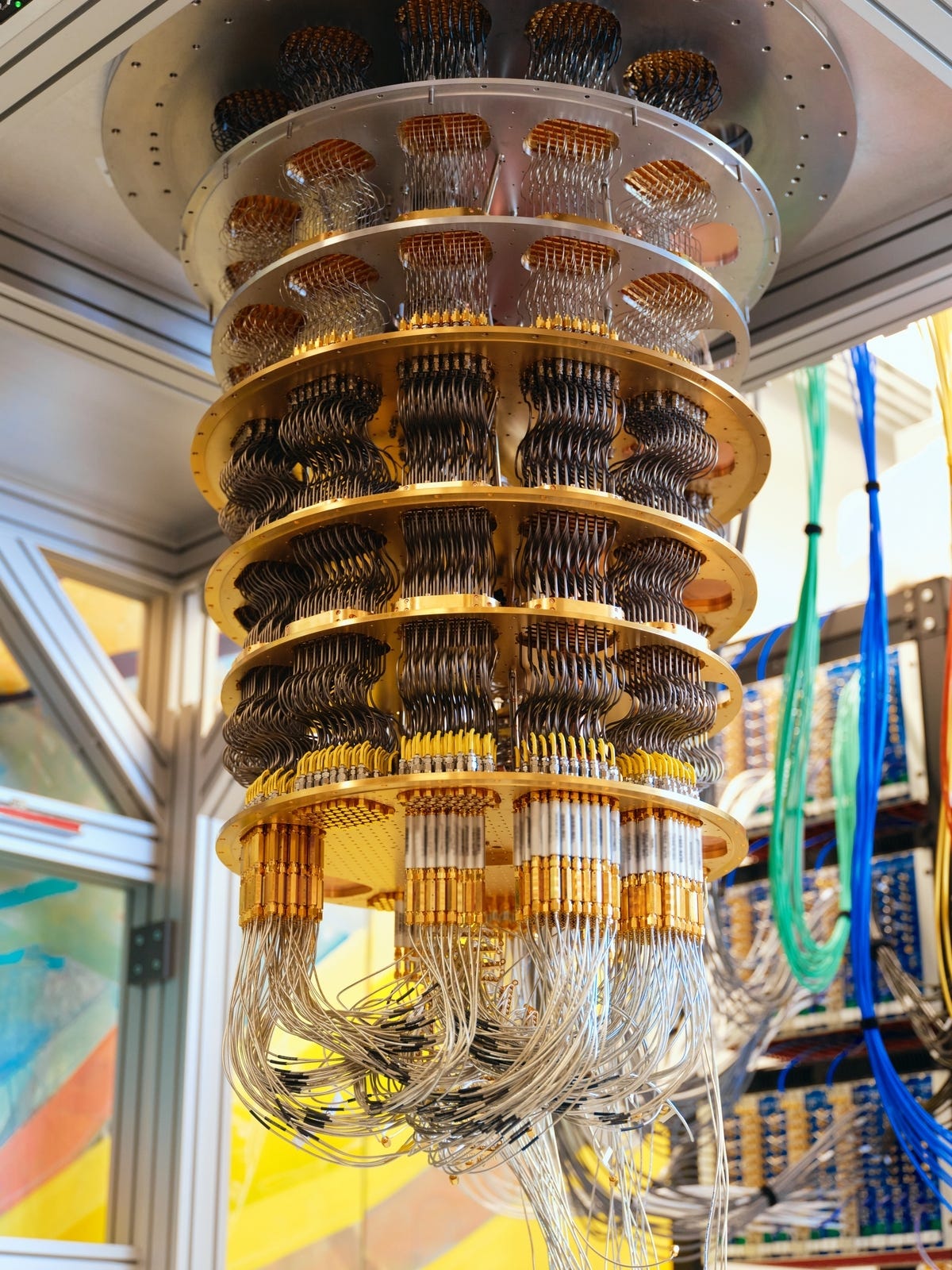When I first started in DeFi, I was looking for the easiest way to make money — Black-box trading systems, ROI dapps, and sleek marketing pitches. I chased projects that promised insane returns, thinking I had cracked the code. But if you’ve been following this series, you know how that turned out. I was exit liquidity more times than I’d like to admit.
Over time, I started to realize something: the real money in DeFi isn’t in chasing hype — it’s in playing the role of the bank. In the last article, I talked about how providing liquidity to decentralized exchanges lets you earn fees, just like a market maker does in TradFi. But there’s another piece to this puzzle, and it’s one that completely changed the way I approach DeFi: lending and borrowing.
I remember the first time I really understood how DeFi lending worked. Up until then, I had been thinking about lending the same way I thought about banks. You deposit your money in a savings account, they give you 0.1% interest, and then they lend it out at 7% — pocketing the difference. I just assumed that was how things worked.
But in DeFi, there are no banks — just smart contracts. Instead of a middleman deciding who gets access to capital and keeping all the profit, lending protocols like Aave & Kamino Finance let users lend assets directly to others and earn the yield themselves. No gatekeepers. No approvals. No paperwork.
That’s when I realized: I could be the lender.
The first time I borrowed in DeFi, I was nervous. In TradFi, taking out a loan is a big deal — you have to prove you’re worthy, sign a bunch of documents, and hope they approve you.
In DeFi, it’s different. Nobody checks your credit score. If you have collateral, you can borrow instantly. So, I deposited some ETH into Aave, borrowed stablecoins against it, and suddenly, I had extra liquidity to work with — without selling my ETH. That was a game-changer.
Here’s why this is powerful:
- You can unlock liquidity without selling assets. This is great for long-term holders who don’t want to lose exposure to their crypto.
- You can use borrowed funds to earn more yield. If done right, you can make your money work in multiple places at once.
- It’s efficient and automated. No approvals, no paperwork — just smart contracts doing what they were designed to do.
Of course, borrowing comes with risks — if the value of your collateral drops too much, you can be liquidated. But once you understand how to manage those risks, borrowing becomes an incredibly powerful tool.
As I kept learning, I started stacking strategies. Why just lend my bluechips when I could also provide liquidity?
I started lending out ETH on Aave to earn yield, then borrowing against my ETH to provide liquidity on a DEX. Now, I wasn’t just earning interest — I was also collecting trading fees. Instead of just holding assets and hoping they went up, I was actively using them to generate yield. That’s when I truly started making DeFi work for me.
This is what separates those who make money in DeFi from those who don’t — understanding how to layer strategies.
If there’s one thing I’ve learned, it’s that DeFi isn’t about throwing money into the latest project and hoping that this one is different. It’s about leveraging tools like lending, borrowing, and liquidity provision to create cash flow.
Banks do it every day. They take deposits, lend money, and collect fees. DeFi gives you the chance to do the same thing — but on your terms.
So, next time you’re wondering what to do with your assets, ask yourself: Are you using DeFi like a retail investor, or are you using it like a bank?
In the next article, we’ll dive deeper into combining these strategies into a sustainable portfolio — one that earns yield, preserves capital, and grows over time. Stay tuned!
Article 1: Getting Real with DeFi: Is It Just One Big Scam?
Article 2: Getting Real with DeFi: WTF Is Defi Anyway?
Article 3: Getting Real with Defi: Be the Bank
The content provided in this article is for educational and informational purposes only and should not be considered as financial or investment advice. Always do your own research (DYOR) and consult with a professional before making any financial decisions. The opinions expressed are solely those of the author and do not represent any financial institution or organization.

 8 months ago
60
8 months ago
60


 English (US) ·
English (US) ·